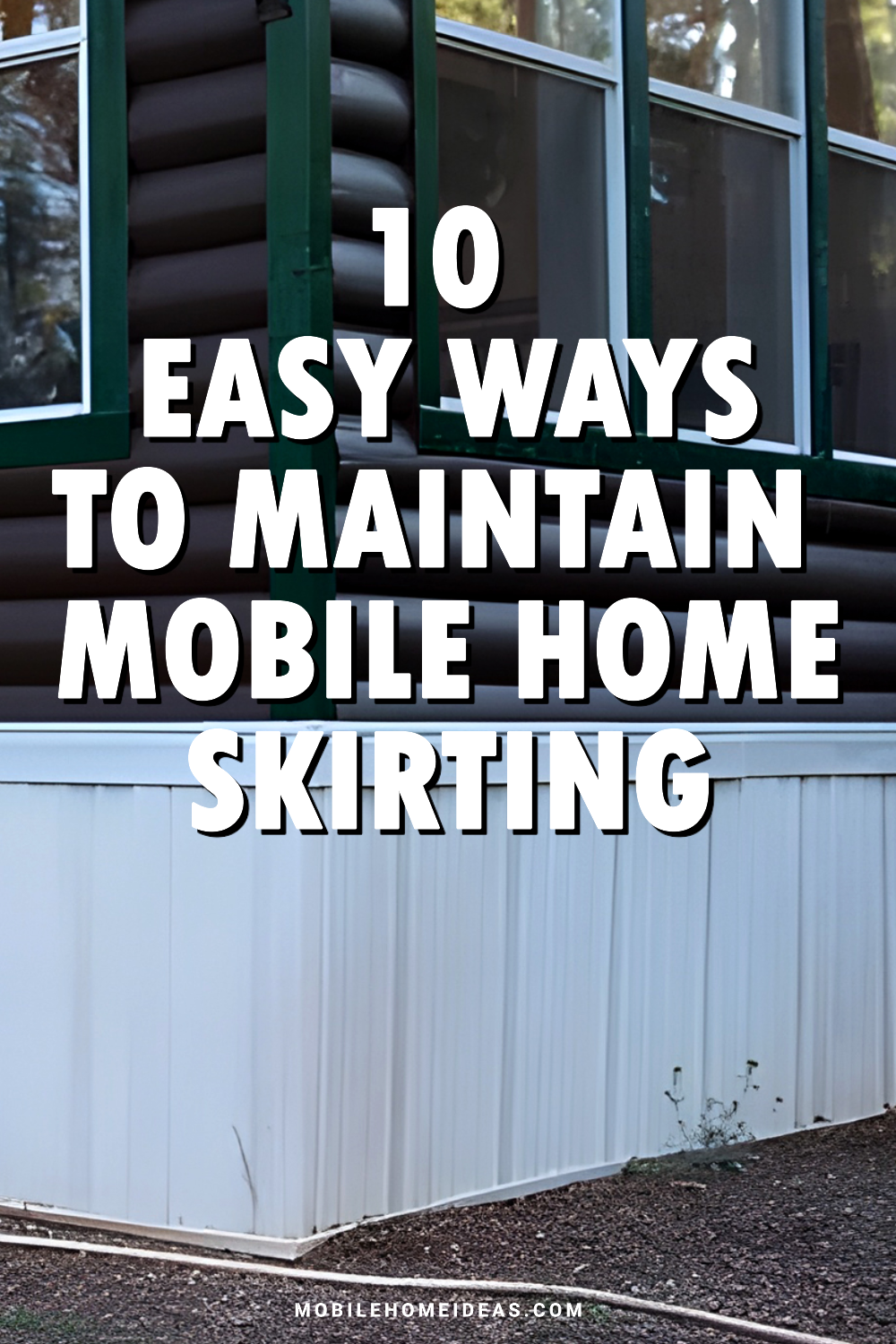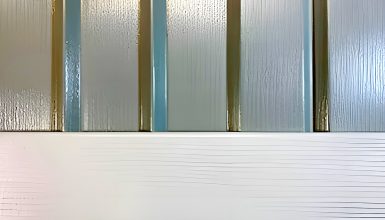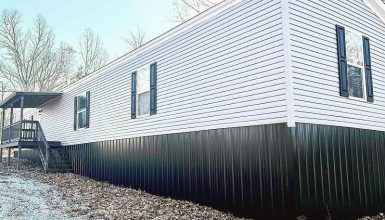Skirting protects the underside of your mobile home from weather and pests. It can stop pipes from freezing in winter and keep your home cooler in summer. Think of it as a shield that keeps the bad stuff out while making your home look good. Regular maintenance ensures your skirting lasts long and serves its purpose. Here are easy-to-follow tips to keep your mobile home skirting in top shape.
1. Regular Inspections
Checking your mobile home skirting is like peeking under the hood of your car. You want to make sure everything looks good and runs smoothly. Doing this every few months is a smart move. It’s best to pick a schedule and stick to it. Some folks like to check at the start of each season. This way, you catch any problems before they get bigger.
When you inspect, open your eyes for cracks, holes, or loose parts. These can be signs your skirting is asking for a bit of help. Also, look for any signs of pests making themselves at home. Early catching these issues can save you a lot of trouble later.
2. Cleaning and Care
Cleaning your skirting is as simple as washing your car. It doesn’t just make it look good; it also helps it last longer. You’ll want to use mild soap and water for most skirting types. A soft brush can help get rid of dirt without scratching the surface.
If you have vinyl skirting, this gentle approach works great. For tougher spots, a mix of water and vinegar can do wonders without harming the material. Remember, using harsh chemicals or power washing might seem like a quick fix, but it can cause more harm than good.
3. Ventilation for Skirting
Think of your mobile home skirting as needing to breathe like we do. Good airflow under your home keeps moisture from building up. This is super important because too much moisture can lead to mold and mildew, and nobody wants that. It can also make the wood parts of your home soft and weak over time.
To make sure your skirting has enough ventilation, check the vent screens. They need to be clear of any dirt or blockages. There should also be enough vents spread out along the skirting. A good rule of thumb is to have at least one square foot of vent for every 150 square feet of floor space under your home. This keeps the air moving and keeps your home healthy.
4. Vegetation Management
Plants and shrubs around your home can make it look cozy and inviting. But when they get too close or too big, they can cause problems for your skirting. Overgrown vegetation can trap moisture against the skirting, which is not good. It’s like wearing wet clothes; it feels uncomfortable and can cause long-term damage.
To keep your skirting happy, trim any plants or bushes too close. Keep the area around your skirting clear. This doesn’t mean your garden can’t look lush and beautiful. Just make sure there’s enough space between your plants and your home’s skirting. This way, air can flow freely, and your skirting stays dry and in good shape. It’s all about finding that perfect balance.
5. Sealing Gaps and Holes
Finding gaps or holes in your skirting is a bit like discovering a leak in a boat. You want to fix it fast to keep problems out. These small openings can invite pests or let in cold air, making your home less cozy. To keep your fortress secure, walk around your home and look closely at the skirting. Spotting these trouble spots early is critical.
Choosing the suitable sealant is your next step when you find a gap or hole. A silicone-based sealant works well for most skirting materials because it’s flexible and waterproof. It’s like picking the right type of glue for a project; the match matters. Apply the sealant carefully, filling the gap to block out moisture and critters.
6. Checking Installation
Skirting that’s not installed right is like a puzzle with pieces that don’t quite fit. It might look okay at first glance, but problems can pop up. Signs of trouble include panels that seem loose or don’t line up and gaps where the skirting meets the ground or your home.
Usually, fixing these issues starts with making sure everything is aligned correctly. Sometimes, you might need to tighten fasteners or replace parts that are worn out. It’s like adjusting a picture until it hangs just right. If the job seems too big, it might be time to call in a pro. They can ensure your skirting is set up perfectly to protect your home.
Getting your skirting installed correctly and keeping it in good shape are big parts of making your home safe and comfortable. It’s worth checking these details and making any needed fixes.
7. Prompt Repairs
Think of your mobile home skirting as your home’s protective gear. Just like a bike helmet, if it gets cracked or damaged, it needs fixing to keep doing its job. Acting fast when you see damage is crucial. It stops minor issues from turning into big ones, like patching a small leak before it floods.
A quick patch can do the trick for common skirting damages like cracks or holes. You can find repair kits that match your skirting material. It’s like having a first aid kit for your home. Follow the instructions carefully, and you’ll have it looking good as new in no time.
8. Rust Prevention and Treatment
Metal skirting can get rusty, similar to how a bike left out in the rain starts to rust. Rust not only looks terrible but can weaken your skirting over time. Early catching and treating rust is the way to go. When you spot rust forming, it’s time to act.
Cleaning the area with a wire brush or sandpaper to remove the rust is your first step. It’s like exfoliating away the bad to get to the good. Once it’s clean, applying a rust-inhibiting primer and paint can seal the deal. These products are made to stop rust in its tracks and keep your skirting strong. Choosing paint meant for outdoor metal surfaces will give you the best protection against future rust.
9. Insulation Benefits
Adding insulation to your mobile home skirting is like wrapping your home in a cozy blanket. It keeps the warm air in during winter and the cool air in during summer. This makes your home more comfortable and can help lower your energy bills. It’s a smart move that pays off in the long run.
When you add insulation, consider the type that best fits your needs. Foam board is a popular choice because it’s easy to install and effective. Make sure to cover the entire area under your skirting, leaving no gaps. This ensures an even temperature underneath your home, preventing pipes from freezing and reducing the workload on your heating and cooling system.
10. Aesthetic Upkeep
Giving your skirting a fresh coat of paint is like getting a new outfit for your home. It can instantly lift the appearance and increase curb appeal. When it’s time to repaint, choosing the right paint is crucial. Look for options that are specifically made for outdoor use and suitable for the material of your skirting. This ensures the paint can withstand the elements and keeps looking great for years.
Before painting, prep the surface by cleaning it and fixing any damages. This helps the paint stick better and last longer. Pick a color that complements your home’s style. A new paint job makes your skirting look better and protects against weather and wear.


















